
Movat's pentachrome stain
This complex stain utilizes five dyes to reveal the different components of tissue. With this stain, elastic fibers stain black; collagen and reticular fibers stain yellow; tissue ground substance stains blue; and cytoplasm stains red. This section of skin demonstrates this dramatic staining pattern. 200x
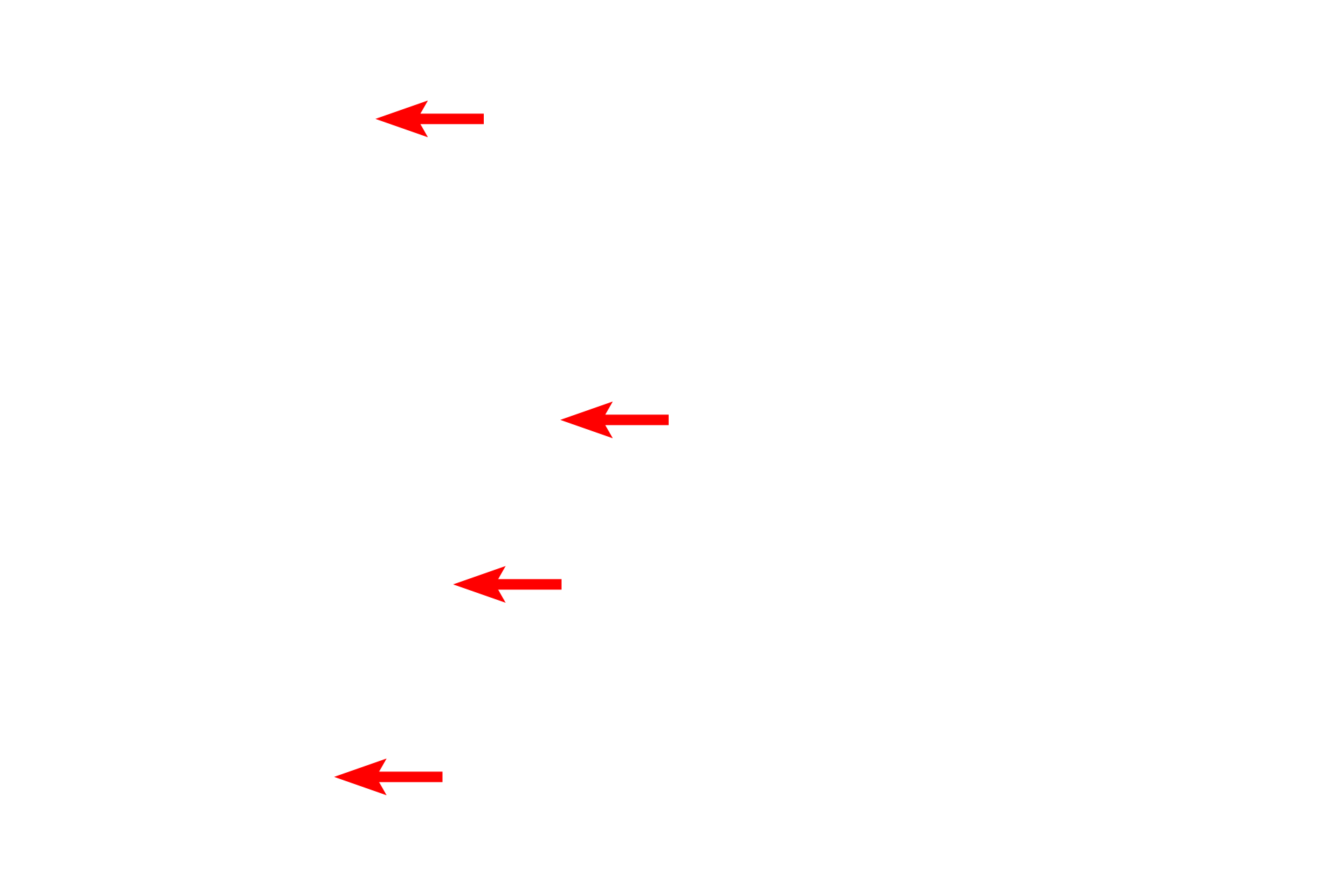
Elastic fibers
This complex stain utilizes five dyes to reveal the different components of tissue. With this stain, elastic fibers stain black; collagen and reticular fibers stain yellow; tissue ground substance stains blue; and cytoplasm stains red. This section of skin demonstrates this dramatic staining pattern. 200x
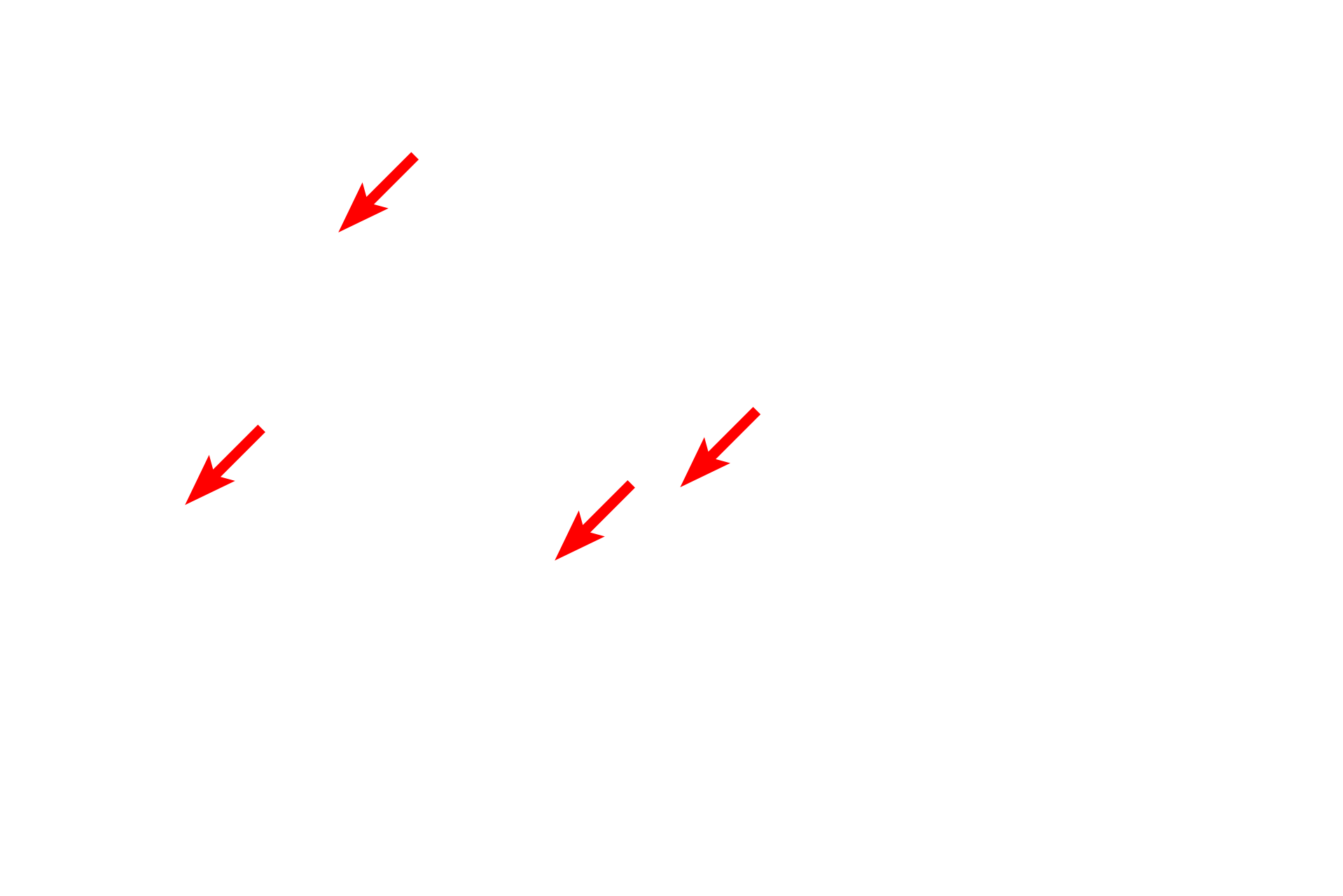
Collagen fibers
This complex stain utilizes five dyes to reveal the different components of tissue. With this stain, elastic fibers stain black; collagen and reticular fibers stain yellow; tissue ground substance stains blue; and cytoplasm stains red. This section of skin demonstrates this dramatic staining pattern. 200x
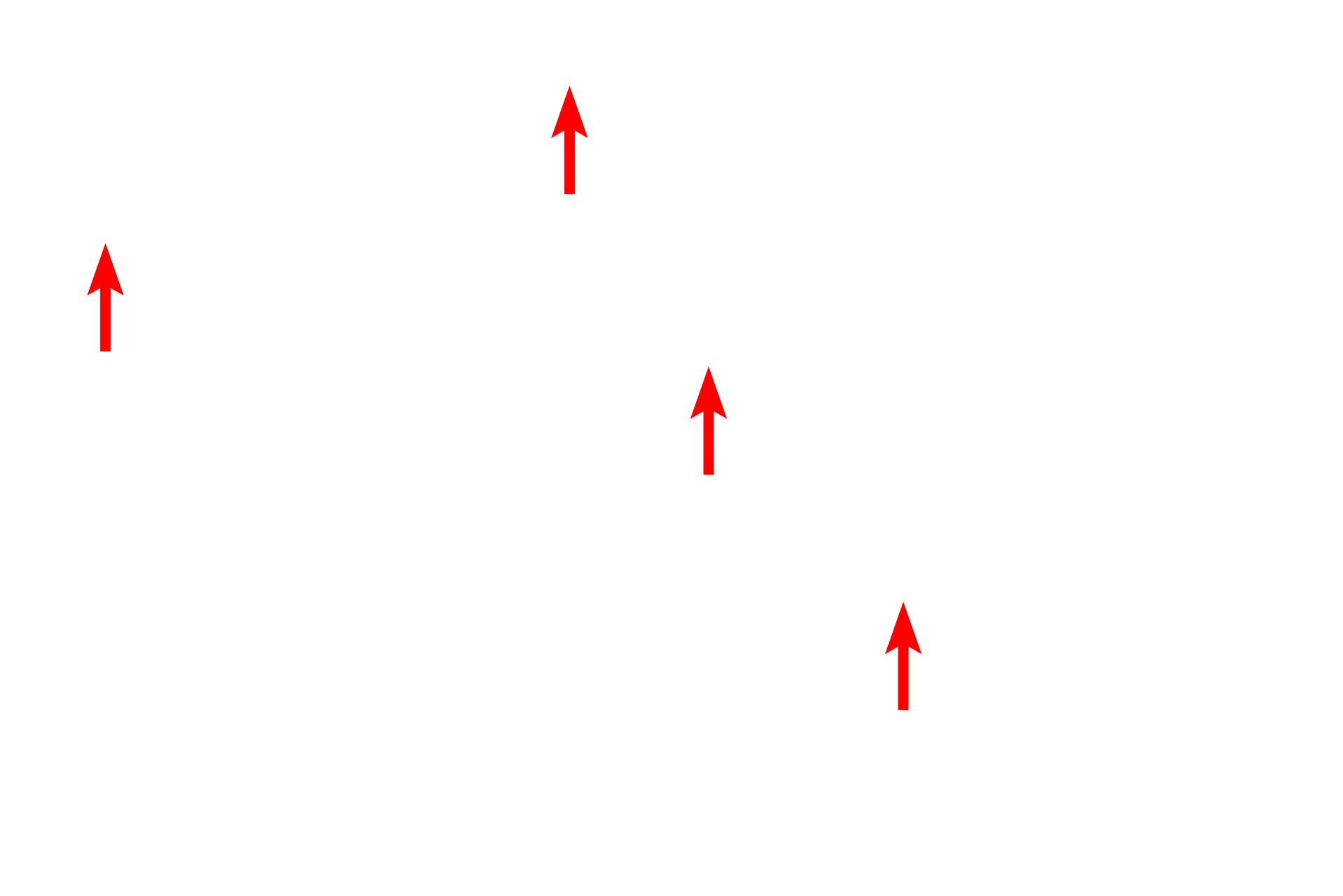
Ground substance
This complex stain utilizes five dyes to reveal the different components of tissue. With this stain, elastic fibers stain black; collagen and reticular fibers stain yellow; tissue ground substance stains blue; and cytoplasm stains red. This section of skin demonstrates this dramatic staining pattern. 200x
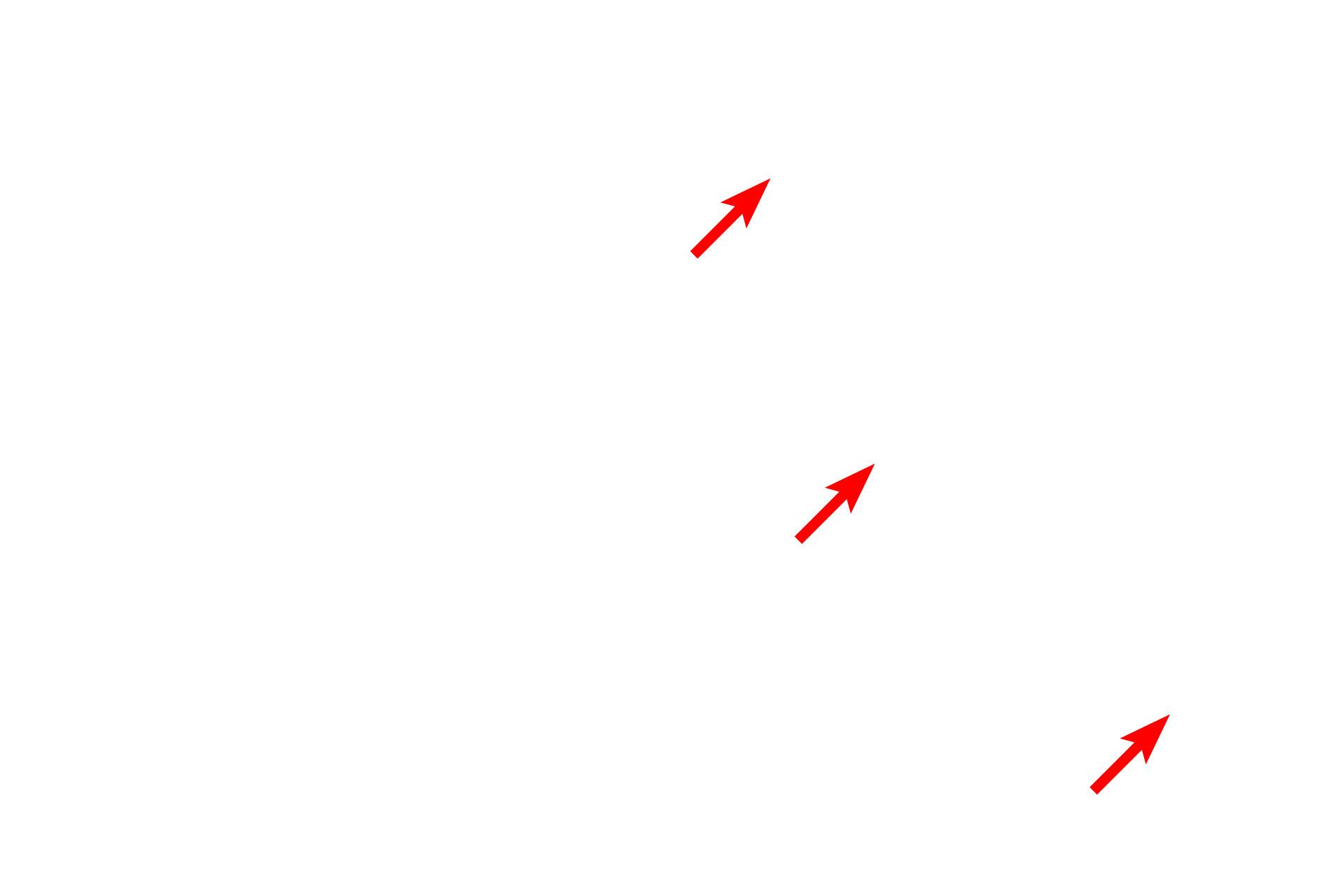
Cytoplasm
This complex stain utilizes five dyes to reveal the different components of tissue. With this stain, elastic fibers stain black; collagen and reticular fibers stain yellow; tissue ground substance stains blue; and cytoplasm stains red. This section of skin demonstrates this dramatic staining pattern. 200x
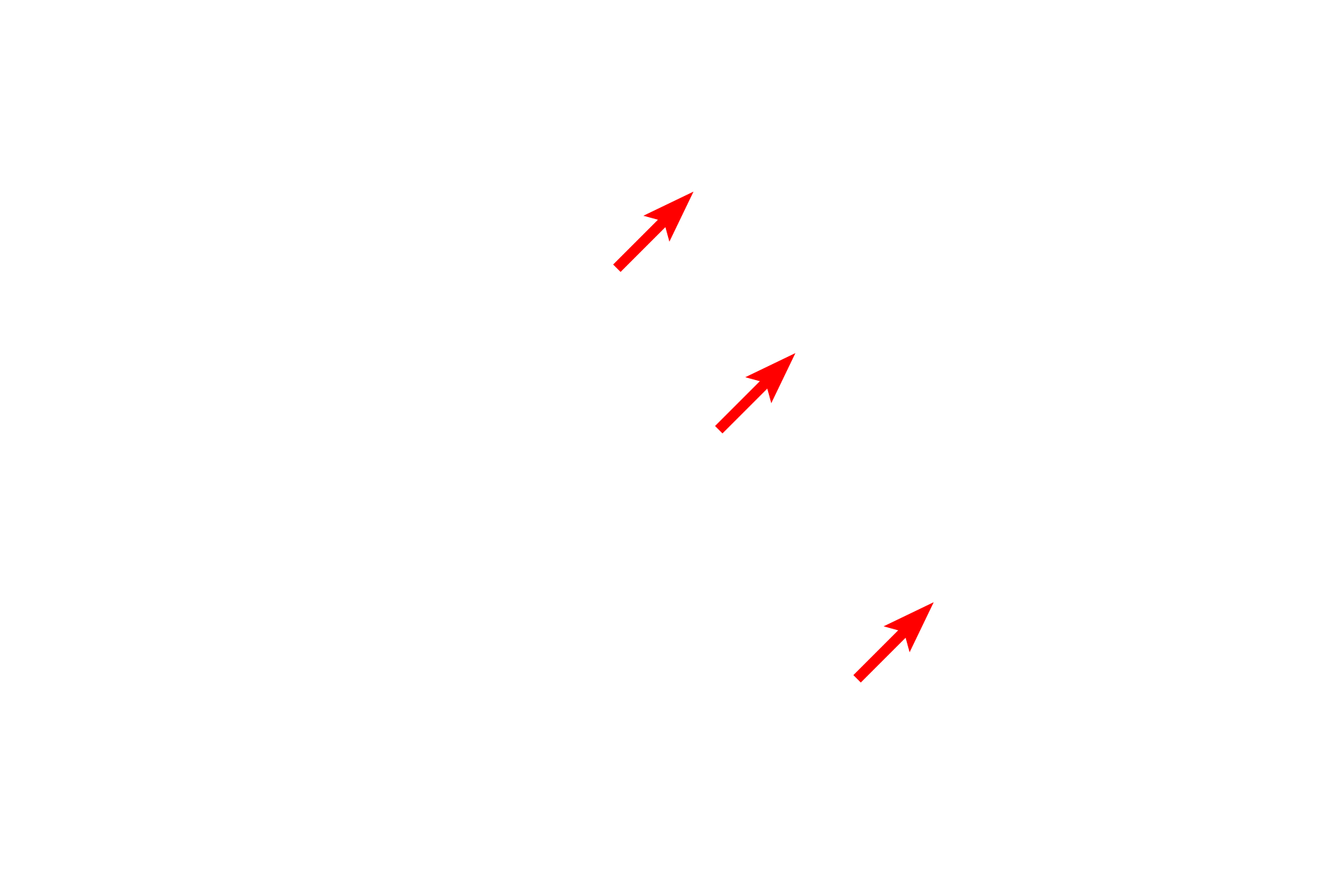
Melanin pigment
This complex stain utilizes five dyes to reveal the different components of tissue. With this stain, elastic fibers stain black; collagen and reticular fibers stain yellow; tissue ground substance stains blue; and cytoplasm stains red. This section of skin demonstrates this dramatic staining pattern. 200x